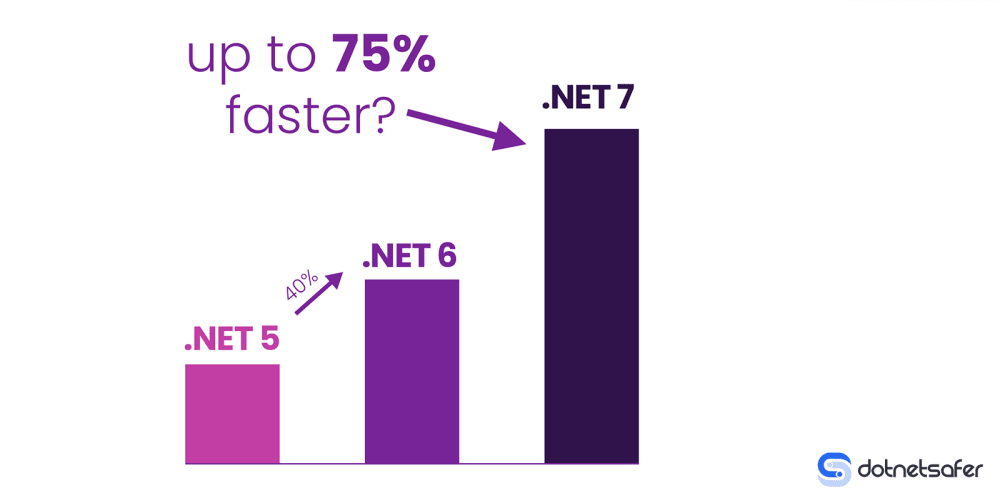[ad_1]
Since the official release of .Web 6, the rumors about .Internet 7 and the new features it would provide started off. Right now .Web 7 is (almost) a fact and it seems that Microsoft is now confirming quite a few of the rumors that we are in entrance of the quickest .Web variation ever: .Internet 7. Let’s choose a appear at the hottest overall performance improvements released by Microsoft.
Improved Method.Reflection Efficiency — 75% More rapidly
Commencing with the general performance enhancements of the new .Web 7 capabilities, we have initial the improvement of the System.Reflection namespace. The Procedure.Reflection namespace is responsible for containing and storing kinds by metadata, to facilitate the retrieval of saved data from modules, members, assemblies and a lot more.
They are typically made use of for manipulating instances of loaded forms and with them you can generate varieties dynamically in a easy way.
With this update by Microsoft, now in .Internet 7 the overhead when invoking a member applying reflection has been lowered considerably. If we talk about quantities, in accordance to the final benchmark offered by Microsoft (produced with the bundle BenchmarkDotNet ) you can see up to 3–4x more rapidly.
On Stack Substitution (OSR) — 30% Faster
OSR (On Stack Alternative) is a excellent complement to tiered compilation. It permits, in the center of the execution of a approach, to transform the code that is remaining executed by the solutions that are being executed at the second.
In accordance to Microsoft:
“OSR will allow extensive-managing approaches to swap to a lot more optimized versions mid-execution, so the runtime can jit all solutions rapidly at initially and then transition to a lot more optimized variations when people procedures are called commonly (by means of tiered compilation) or have prolonged-running loops (by using OSR).”
With OSR, we can attain up to 25% excess speed at commence-up (Avalonia IL Spy exam) and in accordance to TechEmpower, enhancements can array from 10% to 30%.
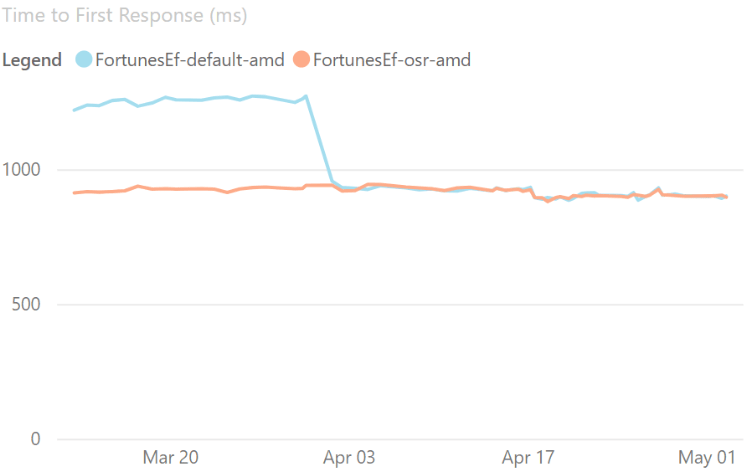
Effectiveness Impact (Resource: Microsoft)
A further advantage of utilizing OSR, is that programs (primarily with dynamic PGO), are enhanced in terms of effectiveness because of to optimization. One of the most important advancements was found with Array2 microbenchmark:
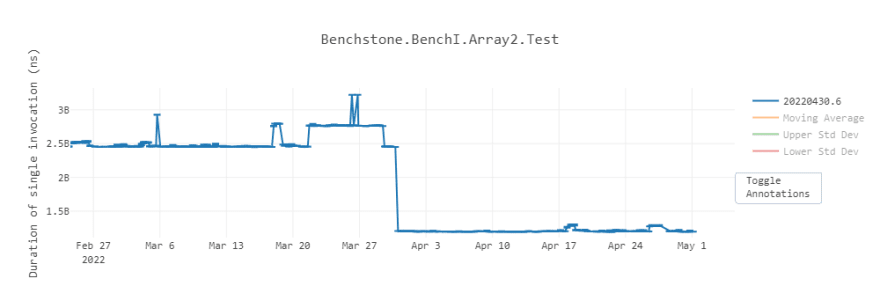
Array2 microbenchamark performance (Source: Microsoft)
📚 If you want to know in how OSR is effective, be sure to refer: OSR Doc
Reduced commence-up time (Write-Xor-Execute) — 15% A lot quicker
As we have already viewed at the starting, Microsoft has made a decision to focus primarily on general performance improvements and this one particular is no exception. Now with Reimplement stubs to make improvements to functionality we have viewed an advancement in startup time that, according to Microsoft, is up to 10–15%.
This is largely owing to a big reduction in the amount of modifications just after code development at runtime.
Let us test the benchamarks:


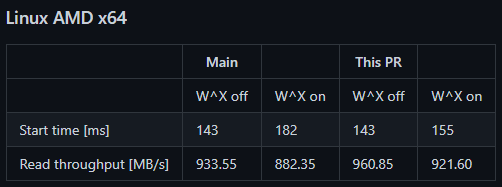
Native AOT Improvements — 75% quicker
Native AOT (Ahead-of-time) is another of the new improvements and novelties that Microsoft brings this time in .Net 7. Indigenous AOT could be viewed as an improved edition of ReadyToRun (RTR).
To make clear it quickly, AOT on your own is the technologies that is dependable for building code at compile-time (not operate-time). On the other hand, RTR is fundamentally the very same but targeted and specialised in situations where the primary architecture is shopper-server. There is also Mono AOT (which is the similar but for cellular apps).
Now, Native AOT is the improvement of (basically) AOT. Based on what I discussed above, Native AOT is the Microsoft technology that is responsible for building code at compile time, but native (that’s why “Native” AOT).
This native code technology at compile time has some benefits:
- Memory use is restricted
- Disk place usage is reduce
- Startup time is decreased
Microsoft clarifies how Native AOT performs:
“Applications commence working the moment the functioning process webpages in them into memory. The knowledge constructions are optimized for functioning AOT generated code, not for compiling new code at runtime. This is similar to how languages like Go, Swift, and Rust compile. Native AOT is greatest suited for environments where startup time matters the most.”
In addition, they have disclosed a benchmark evaluating NativeAOT in opposition to ReadyToRun, in which the compile time is up to 73% speedier and nearly 50 % as light-weight:

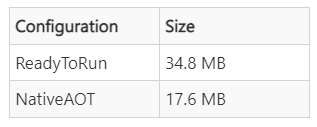
Loop Optimizations — 21% More rapidly
This advancement is not pretty remarkable but it continue to manages to make improvements to efficiency significantly. This time Microsoft has resolved to continue with the elimination of the initialization conditions of the loop cloning variables:
According to Bruce Forstall in his pr:
“Assume that any pre-present initialization is acceptable”
“Check situation versus zero if important. Const inits keep on being as before”
These enhancements make it possible for a 21% functionality maximize with Method.Collections.Checks.Perf_BitArrayLeftShift (Size:512) . Let’s see the benchmark offered by Microsoft:

It seems that we are in entrance of the up coming swiftest .Internet. What do you feel? Do you believe Microsoft will proceed to keep the focus on pace and effectiveness? Or what would you like to see implemented in .Web 7?
From Dotnetsafer we want to thank you for your time in looking at this posting.
And don’t forget that you can attempt for free of charge our .Web obfuscator. You can also shield your applications immediately from Visible Studio with the .Web Obfuscator Visual Studio Extension.

